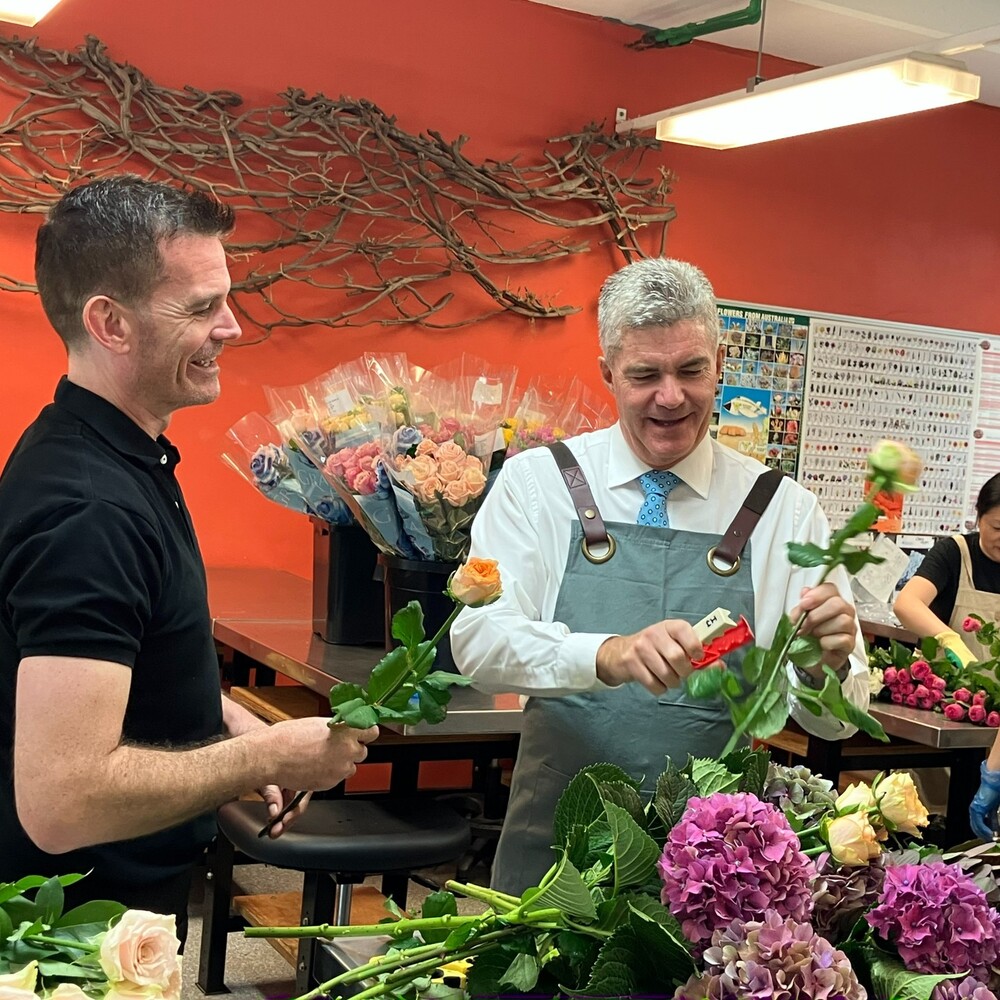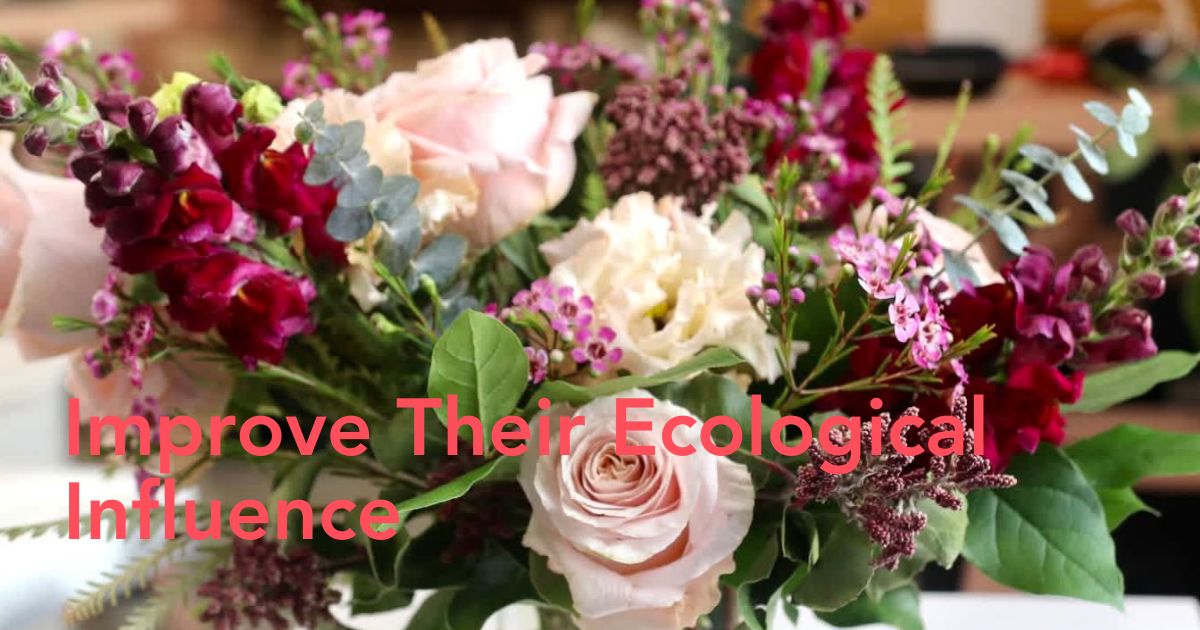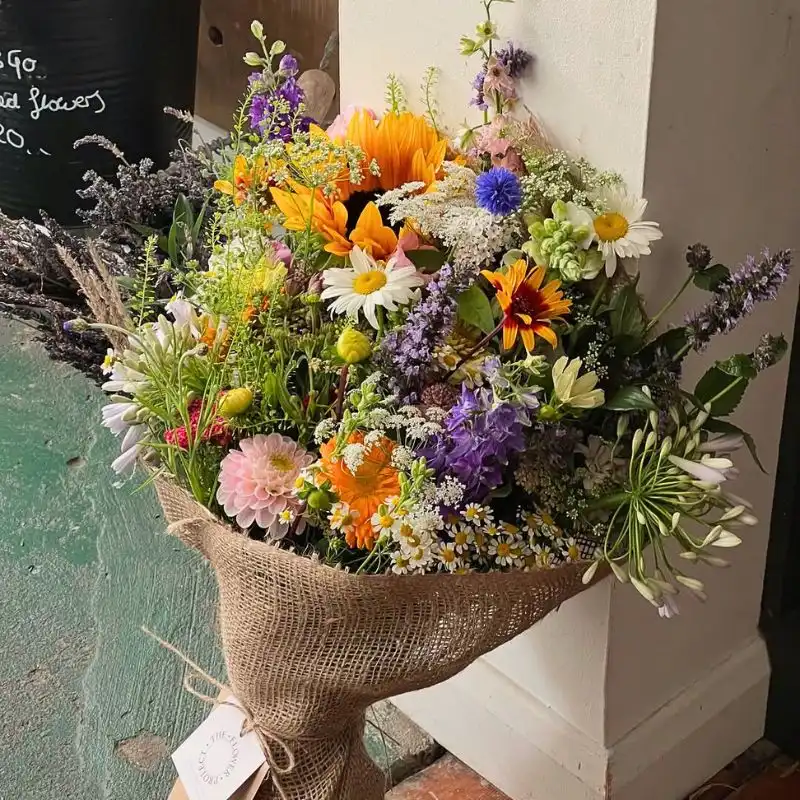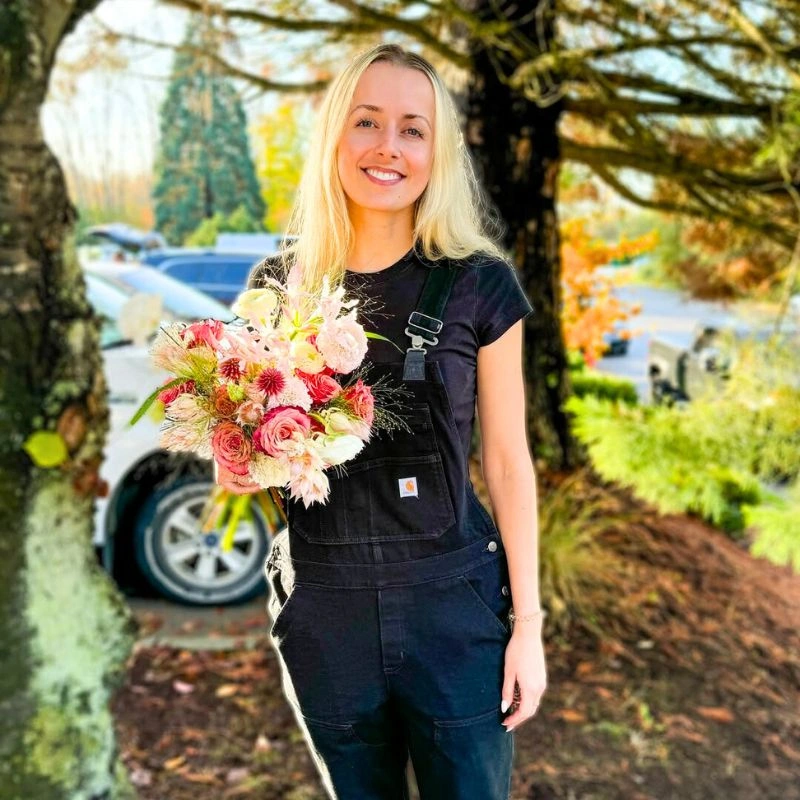The floral business sector occupies a critical turning point where ecological mindfulness converges with technological progress. As buyers progressively expect environmentally responsible methods and enterprises pursue competitive benefits through digital modernization, flower professionals find that information-based strategies can markedly improve their ecological influence while enhancing financial returns.
This merging of environmental objectives and analytical knowledge transforms how blooms travel from cultivation to container, establishing possibilities for exceptional efficiency and environmental responsibility. Here are ways sustainability is redefining data-driven floristry.
Predictive Analytics for Waste Reduction
Floral waste constitutes one of floristry's most substantial environmental challenges, with millions of flowers disposed of annually due to inadequate demand forecasting. Advanced analytics platforms now analyze historical sales data, seasonal patterns, weather conditions, and local event schedules to accurately predict demand.

Machine learning algorithms examine customer purchasing behaviors, determining which flower varieties sell quickest during particular periods and which arrangements regularly underperform. This intelligence allows florists to modify inventory orders, decreasing both financial losses and environmental waste. Some businesses report up to 40% waste reductions after implementing comprehensive predictive analytics systems.
The environmental advantages extend beyond individual shops, as decreased waste means fewer resources consumed throughout the supply chain, from water and fertilizers at farms to fuel for transportation of unsold inventory.
Sustainable Customer Behavior Analytics
Understanding customer choices allows florists to encourage sustainable selections without sacrificing revenue. Analytics systems monitor buying trends connected to regionally obtained flowers, environmentally-conscious packaging alternatives, and seasonal selection interests, exposing observations supporting ecological and commercial goals.
This information assists florists in creating focused promotional efforts that emphasize sustainable choices, inform customers regarding ecological advantages, and promote more durable arrangement selections. Customer response evaluation recognizes which sustainability programs connect most effectively with various population segments, allowing customized methods for environmental communication.
Data maturity assessment for organizations proves essential during this phase, since companies need to analyze their analytical strengths and detect shortcomings in data gathering, handling, and use. Companies with elevated data maturity can utilize complex customer grouping and forecasting techniques to encourage sustainable conduct modifications successfully.

Carbon Footprint Optimization Through Route Planning
Transportation represents a substantial portion of floristry's environmental impact, particularly for businesses offering delivery services. Data-driven route optimization software now processes multiple variables, including delivery locations, traffic patterns, vehicle fuel efficiency, and driver schedule, to minimize carbon emissions per delivery.
These systems continuously learn from real-world conditions, adjusting recommendations based on actual fuel consumption, delivery times, and customer satisfaction scores. Advanced platforms integrate with electric vehicle charging networks, helping businesses transition to cleaner transportation options while maintaining service quality.
The cumulative effect of optimized routing extends beyond individual businesses, as widespread adoption reduces overall traffic congestion and urban air pollution in communities where multiple florists operate.
Circular Economy Integration Through Lifecycle Tracking
Progressive floristry businesses adopt circular economy principles by monitoring flower and packaging materials throughout their lifecycle. This approach captures data on compostable packaging performance, flower composting rates, and material reuse or recycling opportunities.
Digital platforms now connect florists with local composting facilities, urban farms, and other businesses that can utilize flower waste as inputs for their operations. By monitoring these material flows, florists can measure their contribution to local circular economy initiatives and identify new revenue streams from waste materials.
The lifecycle data also guides product design decisions, helping florists select packaging materials and arrangement styles that optimize end-of-life environmental outcomes while maintaining aesthetic appeal and product protection.

Water Usage Optimization Through IoT Monitoring
Water consumption represents a critical environmental consideration in floristry operations, from flower care to cleaning activities. Internet of Things sensors now monitor water usage across different operational areas. They identify opportunities for conservation without compromising flower quality.
Smart irrigation systems for in-store plant displays adjust watering schedules based on humidity levels, plant health indicators, and seasonal requirements. These systems collect data on water efficiency, plant survival rates, and customer satisfaction to optimize conservation strategies.
Advanced analytics platforms correlate water usage data with flower longevity, revealing optimal hydration strategies that extend product life while minimizing resource consumption. This intelligence helps florists develop best practices that balance environmental responsibility with product quality.
Supply Chain Transparency Through Digital Tracking
Modern floristry enterprises establish thorough monitoring frameworks that track flowers from growing to shipment. These frameworks record essential data elements such as carbon emissions per delivery, water consumption at source farms, chemical treatments, and shipping lengths. Florists can make knowledgeable procurement choices that favour vendors with sustainable methods by keeping comprehensive documentation of every flower's path.
Digital monitoring systems combine with blockchain solutions to produce permanent flower source documentation, guaranteeing the legitimacy of the sustainability statement. This openness allows florists to assuredly promote their environmentally-responsible methods while creating confidence with ecologically aware buyers. The information gathered also exposes supply network shortcomings and trends, enabling companies to enhance pathways, decrease packaging excess, and lower environmental effects.

Energy Efficiency in Storage and Display
Temperature-regulated storage and exhibition units use considerable power in floristry businesses. Intelligent environmental tracking frameworks currently gather instant information on heat, moisture, and air movement, enhancing settings for flower durability while reducing power usage.
These frameworks utilize machine learning to comprehend how various flower types react to environmental settings, independently modifying configurations to prolong item lifespan while decreasing power consumption.
Connection with sustainable power frameworks enables operations to monitor their advancement toward carbon balance, with comprehensive documentation on power origins and usage trends.
The information exposes possibilities for productivity enhancements, including ideal scheduling for refrigeration framework functions, recognition of machinery needing servicing, and approaches for lowering maximum power requirements during peak times.
Resilience Planning Through Environmental Data Integration
Climate change increasingly affects flower production regions, making supply chain resilience essential for sustainable operations. Modern floristry businesses integrate weather data, climate projections, and agricultural reports to develop robust contingency plans for supply disruptions.
These systems track supplier performance during adverse weather events, identify alternative sourcing options, and predict potential supply chain vulnerabilities. By maintaining diverse supplier networks informed by comprehensive environmental data, florists can maintain consistent service while supporting resilient agricultural communities.
Resilience planning reaches into local operations, with businesses leveraging environmental data to prepare for severe weather events, power grid interruptions, and other climate-related challenges that might impact their capacity to serve customers sustainably.
Sustainability Objectives
Integrating sustainability objectives with data-driven decision-making represents more than operational efficiency improvements. It indicates a fundamental transition toward environmental stewardship that utilizes technology as a facilitator rather than a substitute for ecological thinking.
‘As these practices develop, florists discover that sustainable operations are more profitable, resilient, and customer-attractive than conventional approaches.










